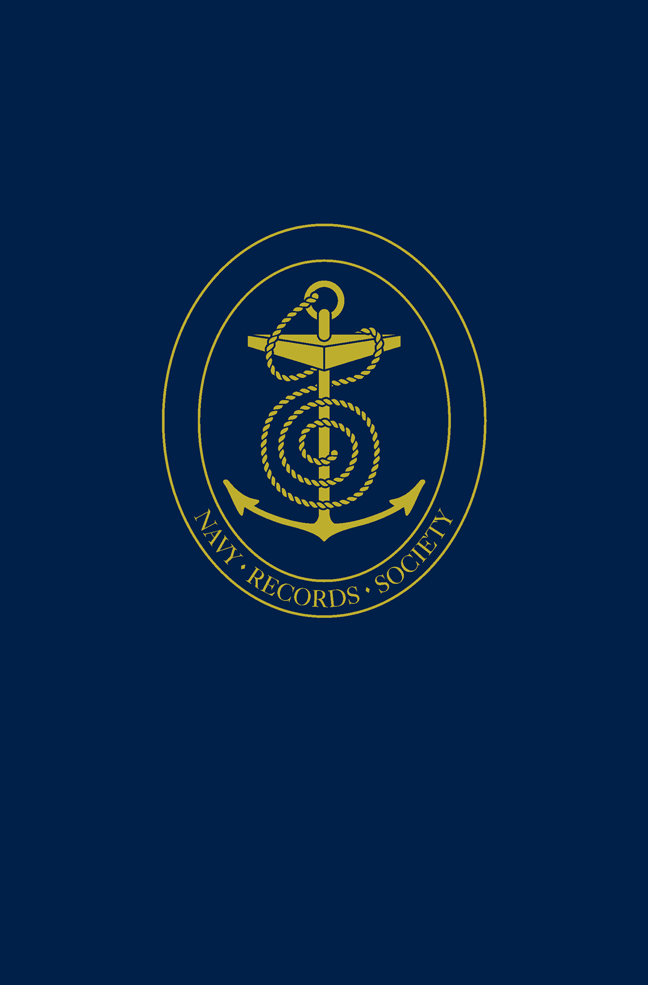Introduction
Published online by Cambridge University Press: 05 March 2024
Summary
The navy which Edward VI inherited was essentially his father's creation. When Henry VIII went to war in 1512, he had about ten ships of his own, and was in the middle of a significant build-up which saw the number increase from seven or eight in 1510 to more than twenty by 1513. When his fleet first put to sea for the purposes of fighting, in April 1512, nine of the King's ships were deployed, together with five others which had been ‘taken up’ for the occasion. At the time of his accession there had been a basic dockyard facility at Portsmouth, and one official called the Clerk of the Ships to look after the fleet when it was not in service. In 1511 Henry had opened a second naval forge at Greenwich, and in 1512 built new storehouses at Erith and at Deptford, both of which places were regularly used as anchorages. At the same time he had appointed a second officer, called the Clerk Controller (or Comptroller), with specific responsibilities for the Thames and Medway. The existing Clerk continued to be in control at Portsmouth, which because of its position was the front-line base.
When the war came to an end in 1514, the reasons for these preparations became clear. Instead of disposing of his fighting ships, which his predecessors had generally done in similar circumstances, he had thirteen of them inventoried and decommissioned. At the same time a number of smaller vessels were kept in service to provide patrols in the Channel and the North Sea. Henry intended to take his duty of keeping the seas seriously, and did not want to rely on his subjects to do it for him. The standing navy therefore came into existence between 1512 and 1514, and marked a revolutionary departure in the concept of sea power. This situation remained substantially unchanged for the next thirty years. The navy grew in size to about thirty ships, a new dock was created at Erith in 1517, and in 1525 a third official was appointed in the form of a Keeper of the Storehouses. However, there was no institutional structure, and each of the three officers was responsible directly to the Privy Council, which in effect meant Cardinal Wolsey until 1529 and Thomas Cromwell from 1532 to 1540.
- Type
- Chapter
- Information
- The Navy of Edward VI and Mary I , pp. xxvii - xliiPublisher: Boydell & BrewerFirst published in: 2024



